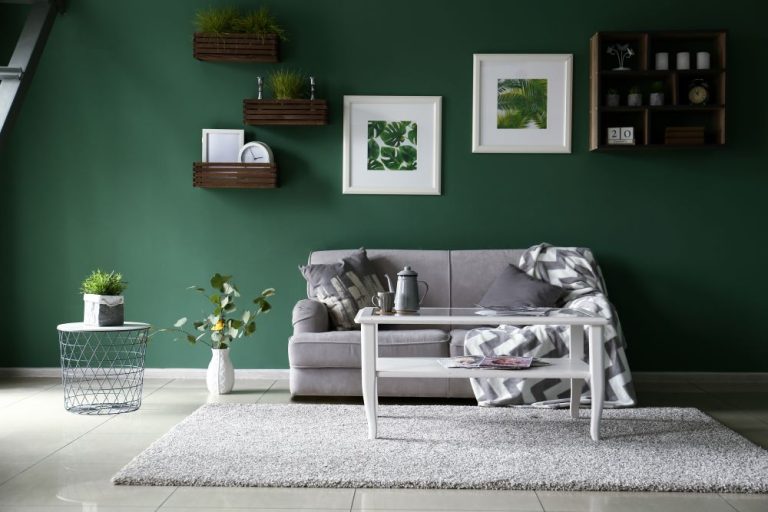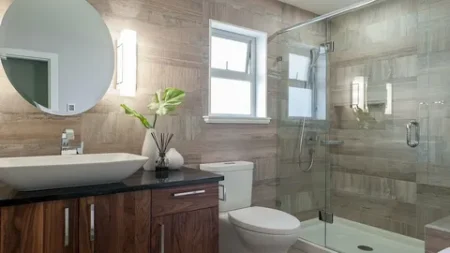Adding art to your house is about making it represent your taste, life experiences, and individuality, not just about covering blank walls. Whether you’re drawn to bold abstract paintings, minimalist black-and-white photography, or handmade crafts, there are many ways to incorporate artwork that feels intentional and expressive. A well-placed piece of art can serve as a focal point, spark conversation, or simply bring joy to your everyday living space.
Adding creative touches with art doesn’t require a massive investment or a background in design. With a little thought and some inspiration, you can transform ordinary corners of your home into meaningful, visually rich areas that tell your story. Here are a few ideas to get you started.
Choose Art That Reflects Your Story
One of the best ways to make your home feel uniquely yours is to choose art that represents who you are. Think about the places you’ve traveled, the music or books that inspire you, or the colors that make you feel at peace. These personal elements can guide your selection of artwork—whether it’s a watercolor of your hometown, a vintage movie poster, or a canvas that reminds you of a favorite memory.
Don’t be afraid to mix and match styles. You might pair a modern print with a vintage frame or hang family photos beside abstract pieces. This kind of curated contrast adds depth and charm. At the end of the day, art should spark joy and feel meaningful to you, even if it doesn’t follow a specific style rule.
Play with Placement and Scale
How and where you place your artwork can dramatically change a room’s mood. Instead of sticking to eye-level placements in the middle of walls, try experimenting. Create a gallery wall that climbs up the staircase or hang a bold oversized piece above the headboard in your bedroom. Varying the size and shape of the pieces can help build visual interest.
Groupings of smaller pieces can feel dynamic and layered, especially when arranged in an intentional way. On the other hand, a large piece can provide a dramatic effect in a minimalistic space. Think about balance and breathing room—sometimes a single piece centered on a blank wall makes more of a statement than several small ones.
Use Color to Tie the Room Together
Art can be a clever tool to harmonize the colors in your home. If your living room features soft, neutral tones, a vibrant painting can introduce a pop of energy without overpowering the space. Conversely, in a bold or eclectic room, subtle line art or monochrome prints can help tone things down and provide balance.
Try pulling colors from your favorite artwork to influence other décor elements. Throw pillows, rugs, or even floral arrangements in matching or complementary hues can make the whole room feel more cohesive. This approach helps art become an integral part of the space, rather than something that feels tacked on at the end.
Customize Framing for a Polished Look
Even the most beautiful artwork can fall flat without the right presentation. Custom framing adds a polished finish that not only protects your pieces but also elevates their visual impact. Whether you’re framing a museum print, a child’s drawing, or a textile piece, choosing the right frame style, color, and matting can make all the difference.
Customized frames also give you more flexibility in matching your home’s style. A rustic wood frame can add warmth to a traditional room, while a sleek metal option fits a more modern aesthetic. When planning a residential art installation, customized framing ensures that every detail feels intentional and suited to your space, turning even modest pieces into design highlights.
Rotate Art Seasonally or Whenever You Feel Like It
One of the joys of incorporating art at home is the ability to change it up. Just like swapping out throw blankets or curtains, rotating your art collection can freshen up your space without buying new furniture or repainting walls. Seasonal shifts are a great excuse—think beach scenes for summer or cozy prints for winter—but any time you’re craving change, switching art around can make your home feel new again.
Keep a few favorite pieces stored safely and revisit them when inspiration strikes. Swapping art between rooms can also help you see old pieces in a new light. This flexibility keeps your home feeling dynamic and gives you creative freedom to experiment with different moods and themes.
Incorporate 3D and Textural Art Elements
Art doesn’t have to stay flat. Sculptures, woven wall hangings, ceramic installations, and other textural pieces can add depth and intrigue to your home. These items bring a tactile quality that painted or printed artwork can’t achieve and often invite closer inspection.
Consider adding a metal sculpture to a bookshelf, a fabric tapestry in the entryway, or a clay wall tile arrangement above the dining table. These types of pieces create dimension and a sense of movement, helping a room feel layered and lived-in. The mix of textures can also complement furniture materials like wood, metal, or linen, creating a cohesive yet exciting interior.
Let Art Be a Conversation Starter
When art becomes part of your home’s identity, it naturally invites curiosity and conversation. Whether you’re hosting friends, welcoming guests, or just spending time with family, thoughtfully selected art can create moments of connection. A bold abstract painting might spark a debate, while a nostalgic photo can bring back stories worth sharing.
Choose at least one or two pieces that reflect something personal—your heritage, your passion, or a turning point in your life. These not only make your space more meaningful but also allow others to understand you more deeply through your design choices.
Final Thoughts
Adding art to your home is one of the simplest yet most impactful ways to inject personality and style. With a mix of personal storytelling, thoughtful placement, and creative choices, you can turn everyday rooms into expressive, comfortable spaces that truly feel like you.







